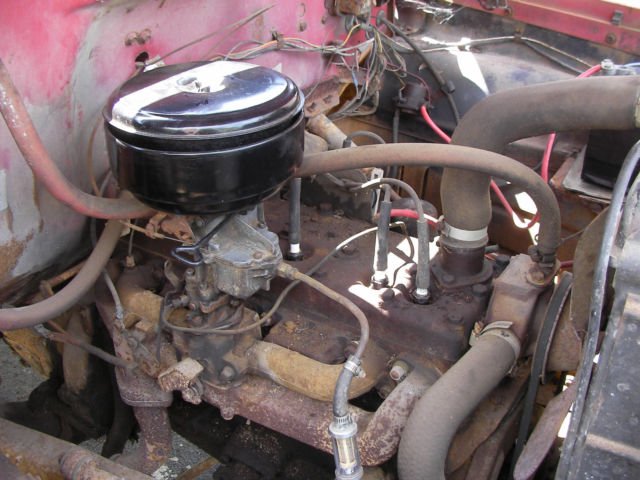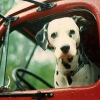Leaderboard
Popular Content
Showing content with the highest reputation on 04/08/2019 in all areas
-
4 points
-
Tug now has his new shiny fuel tank installed. Our view from the cab. PS/ Yes, he's completely legal and insured for the road (well apart from the missing stop lights) ?4 points
-
The P-15 I drove in high school had the not so rare 5 cylinder engine. Zero oil pressure at idle and 10 pounds at speed. I loaded it up with STP to get this much oil pressure. I also used the glass jugs of recycled oil at 10 cents per jug.2 points
-
2 points
-
2 points
-
You could try BrentB3B and his Boss-lady. He might help you. He's a shaddie SOB, but he can probably give you a hand. Just keep hold of your wallet and your live stock and you'll be ok. ?. He lives up there somewhere in the rain and the trees.2 points
-
2 points
-
Hi guys, I just bought my first vintage Dodge and evertthing I googled brought me here so I am now a member What I found is a 1940 D16 The data plate read as such: Model D16SPEC4DSED Body No 719 Paint Code !559 Trim Code A MO It is in relatively good shape and seems mostly original excep for the color wich is now dark red. But it has not been run in 4-5 years so it will need some fixing before driving. I have read here that the canadian dodge is different in many ways to the US one, how do I find parts ? Is there some sort of interchange list between Canadian and US cars parts ? The plan is not to do a rivet counters restoration but to drive the thing as much as possible ! Francois1 point
-
I was sitting in a friendly restaurant in small-town Canada. Having a lumberjack breakfast with about 1,000 carbs in it. Visiting with my mother. Enjoying coffee and conversation. While we are chatting I noticed an old photo on the wall right above our booth. The subject was an old car and several people. I reconized the old Coldwater Hotel in the photo. It’s in Merritt, BC Canada. Mom and I were having our visit only a few blocks away from the old hotel. I knew the Coldwater was a pretty old hotel. The car appeared antique. I saw a gas lantern on the left rear fender. I guessed it was about a 1912-1915 ish car. The rear sign on the car reads “Halifax To Vancouver. All Red Route”. I was intrigued. The photo pose looked like a special occasion. I quickly snapped a few photos with my iPhone and planned to research it later. Later.... I learned that the car is a 1912 REO. Ransom E Olds donated the car and an REO factory mechanic (Haney) for a publicity stunt. A writer was rounded up, Thomas Wilbey. The pair were the first to drive across Canada. (At that time Newfoundland was not part of Canada) The writer was likely submitting regular newspaper articles too I suspect. So a media company would likely have been a sponsor too. The writer also completed a book about the adventure. The original 1912 trip, book can be read here: https://archive.org/details/motortourthrough00wilb/page/n23 On Aug 27 1912 they left Halifax. 50 or so days later they arrived in Vancouver BC. The bottom line, to sell more REO cars. The trip was re-enacted 85 years later with a restored 1912 REO. They too wrote a book of their adventure. See here: https://www.transportbooks.com/product/the-all-red-route-from-halifax-to-vancouver-in-a-1912-reo/?v=3e8d115eb4b3 The photos I show below here were originally taken in Merritt BC in October of 1912. Only a few blocks from where I was eating lunch today. The REO tem were getting close to Vancouver by now. Today you can complete that journey from Merritt to Vancouver in about 2.5 hours driving time. Likely the 1912 REO team, was 2 or so days away from Vancouver when the pic was taken. They would have driven right through my current home town, Kamloops BC, the same day, or the day before the photo shown was taken. I’ve got some more reading to do!1 point
-
You got a better deal than I did at 10 cents a bottle. I never thought to put in STP. I could have probably got the pressure up to 3 or 4 pounds at idle?. I had two friends that had P15's with engines about as tired as mine was. One guy punched a connecting rod through the side of the block and the other ended up spinning a rod bearing. The didn't heed my advice and drove their cars hard. A little respect went a good distance with those old gems. John R1 point
-
I remember reading that a while ago. Thanks for the reminder. If I recall correctly you did exactly what I am planning on doing in the future. I'm just simply asking questions trying to understand it better now, so I am prepped when I get into the meat and potatoes of it. The solder is a good idea too - simple, quick, and effective.1 point
-
When I needed to change jet sizes (as determined with a AFR computer program and O2 sensor) I found it quite easy to pin gauge the current jet, solder it up and re-drill smaller as needed. I cover the set up and jetting in my “time for an overhaul” thread at the end. Of course even without AFR equipment you can make required changes this way. The solder is nice because all you need do is heat the jet quickly to melt out the solder I’d you want to go back to whatever size it was initialy, provided you haven’t over-sized it of course.1 point
-
Last summer I saw such a vacuum ventilator in a vintage US car at a meeting. Since then it definitely is on my wishlist ! Still have to find the right one for me ... There are some on ebay, mostly Trico, sometimes also other brands https://www.ebay.com/sch/i.html?_from=R40&_trksid=p2380057.m570.l1311.R1.TR1.TRC0.A0.H0.Xvintage+cacuum+fan.TRS0&_nkw=vintage+vacuum+fan&_sacat=0 also google search `vintage vacuum fan` pictures https://www.google.de/search?q=vintage+vacuum+fan&source=lnms&tbm=isch&sa=X&ved=0ahUKEwi_0-TTpcHhAhURiYsKHTcVAkgQ_AUIDigB&biw=1600&bih=7631 point
-
I spent the weekend cutting up every mulberry tree withing 100 yards of the house. I also dropped the old fuel tank and attempted to install the 1948 Plymouth tank. Having them side by side really showed me that there are significant differences..... enough so that a "factory" tank doesn't fit on this car without reworking the exhaust and the brackets that hold the tank on. After looking at the tank and seeing an old repair around the filler neck that was obviously not working as intended - I stripped all the old repair (looks maybe like 2 part putty???), sanded the area down around the filler neck and on the tank and cleaned it really well, and proceeded to apply some JB Weld to it. Not ideal, but if it holds, then I'm good. If not, then I need to figure out if I want to redo the exhaust on the car, or find a different tank. I removed the mechanical pump off the engine - it has a nice big hole right in the side of the casting that looks like it might have been caused by a casting inclusion. In any case - it is being covered under warranty for the pump and a new one is already in shipment. I also have the electric pump mounted, just need to get a new filter, hook up some lines and run some wires and a switch and I will be ready to go.1 point
-
When I had my P15's and my '48 Dodge back in the late '50's and early '60's, they were pretty well used and had tired engines. I'd get 40 pounds oil pressure at cruising speed and 0 at idle. If I coasted down a steep hill, it would blow out some noticeable smoke too. I used to buy oil in glass bottles with a tin cone on the top for pouring it at a local salvage yard.; 2 quarts for a quarter if you put it in yourself. I drove the cars respectively and got pretty good service from them for the most part. We had very little money then but a lot of fun and now fond memories. John R1 point
-
Cool looking fan. BUT! who needs it when the speedometer reads you are traveling at 100 MPH !!!1 point
-
Ha Ha...yeah...me and my brother are a bit of a crowd. ? 48D1 point
-
February 7: The barn is roughly 35x65, has a cement floor and power to it, including 220v. Not pictured: 28x54 four car garage. Well, you can see the corner of it. Pretty excited about that too. I still need to get the headlight rings back on.1 point
-
February 7, 2019: Loaded up the Meadowbrook with household items for the trip to our new home. It's only 1 hour from our old place. Drove 65-70mph on the interstate. Got a few waves on the back roads. I finally have some nice outbuildings. The shed in the background is 48x80.1 point
-
1 point
-
1 point
-
1 point
-
Of course after I primered everything it rained. I knew it was coming and covered the cab and the motor but the bed panels I did with the brown rusto oil primer I’m giving another day to dry in the sun before topcoating. Today I got a few hours to work while my mom took my kid to the movies. I trimmed some brackets off my slapper bars that looked like they could hit the frame under load, trimmed the dakota front cab mount stubs off a little cleaner, welded my exhaust mid hangers to the pipe and deleted the low hanging clamps that used to hold it, and finished welding around the bottom of the 3” to 3.5” slip fit where the exhaust was leaking a little. I also removed the battery box I had welded to the frame and the medium size battery I had in there. I replaced it with a red top optima which has more capacity for spinning the big block if it needs a few tries to light off. Another benifit is I can mount it sideways for access and no liquid acid to spill or much venting to powder up the terminals. I bought a nice battery tray/hold down but even that didn’t have room to swing open without dropping the gas tank. Not the end of the world but how many times have I cursed engineers that designed stuff you can’t easily service? So I drilled two 3/16” plates with four 7/16” holes, bolted them together, and welded the nuts 360° with a nice strong bead. Then I flipped that plate around to use the nuts as standoffs and welded the plate in to box out the frame. The other plate got the holes enlarged to 1/2” to make lining up the bolts a little easier, then I welded the battery tray to it. So now I can easily access my battery terminals and the whole tray/clamp/battery can unbolt from the frame by the four 7/16” coarse bolts. Should be better in every way than the old setup except for 10-15lbs heavier!1 point
-
Well you make some interesting observations. On HP your numbers are not quite correct and what was published was for the 265 coming out in 1952 under valued and with a purpose. I have uploaded many times and can send it to you, the 1952 poster which was the start of the 265 and as well the start of dual carbs and factory dual exhaust, but also 241 dodge hemi. The Hemi for what they called the medium tonnage field was primarily municipalities and contractors, dump trucks etc. It w4 ould come out at 133 hp. The 265 for the truck with the truck cam and dual carbs and dual exhaust was 155hp. That not a guess, thats a fact. But marketing said if you say that we will never sell the hemi, so we want it cranked back. At one point the poster was the hemi at 133 and the 6 and 132, but when it hit the dealers in December of 1951 the 6 was tucked into the corner and was shown at 136 hp. Pure marketting. No difference to the 1964 426 hemi being called 425 hp with a single 4 barrel, and in 1966 with a wilder cam, 2 4 barrels it was still 425 hp. That of course was for insurance purposes. In any case I digress. The 265 from the factory with a chrysler car 265 cam in it, was the most hp of the 23 1/2" or 25 1/2" engines. But connecting rods.. You are correct, the shorter the rod the bigger the angle. Now its the balanced crank, rods and pistons that offset your concerns it really does. Think about it.. GM, FORD, you name the manufacturer.. Who else had forged cranks balanced to a gram.. answer no one.. Back to your point.. Let me just say that in the 238/250/265 series engines, they are all exactly the same bore.. 3 7/16" If your having custom made forged pistons made well what you do is take a 238 rod, and raise the pin placement on the pistons. Longer rod and better angle. It doesnt work with a 218 and a 201 is smaller rods bearings so not relevant. The point being on that one point your correct.. long the rod the better.. if.. key word if you not negatively effecting displacement. As so many would tell you, there is no replacement for displacement.1 point
-
...at 32 tpi you really need 1½ to 1¾ turns to get close to .050-.060 preload.1 point
-
Hi - Well in the 25 1/2" block engines.. the 201 you maybe referring to was moved from USA production to the Windsor Ontario Canada plant when it opened in 1935 for the 1936 model year. that engine was produced for 14 months out of that plant. Among other things you may wish to consider.. The crank has smaller journals, the water jackets, are smaller. the oil galleys are smaller.. It really would be the weakest of all engines ever produced out of the Canadian Plant. When I say that I am quoting my Grandfather who would be the GM of that engine plant when it opened in 1935, reporting directly to Walter Chrysler (and not the VP of production) and he would still be in charged of the engine plant when the very last 25 1/2" engine rolled out of the plant on Nov 11 1959. The 230 was 23 1/2" block so not relevant to the big block discussion, beyond the small block has offset rods. With the 218 and I am assuming your are referring to the Canadian 25 1/2" 218 and not the USA small block 23 1/2" engine that are 217 that are often called 218s. The next generation block would actually be a changed version of the 228 ci motor which started in Windsor in early 1936. That is often referred to as a generation 2 block. Definately better than the 201 engine, but there would be a number of changes to the engine blocks and internal configurations. Even the 1946 250 ci motor has a different block than would a 250 ci motor made after August 1951. It would be that later block which has the best water jackets, best oil circulation, reworking of oil passages and on and on. By that point you could get a 218, 228 or the series of 3 7/16" bore which would be the 238, 250 and 265 ci motors. The difference is the stroke which is accomplished by changing rods, and cranks. 4 1/4" being a 238, 4 1/2" being a 250 and 4 3/4" being a 265. But there is no question the best ever flathead engines ever built are those generations. Among other things and I could give you a laundry list.. Your talking forged cranks balanced to 1 gram, forged pistons, rods, pistons and cranks as an assembly balanced to 1 gram. That never existed with any other flathead engine anywhere in the world. In fact my Grandfather often said - I defy anyone to find a more balanced engine in the planet that came out of my plant. So if stroke becomes where you wish to draw your battle line.. best try with the 238, 250 and 265 motors.. But by 1953 the vast majority of all orders for heavy trucks, commercial vehicles, municipal vehicles, industrial engines, for welders, water pumps, combines, and on and on were 265s. One can point ot military orders of 250s and I would suggest the reduction in price was the factor. They didnt want to pay the extra $. One last one, of total production of any single motor the 265 was produced in a volume larger than any other single motor configuation from the Windsor Engine plant. From 1946 until the end of the flatheads, the Windsor engine plants warranty numbers as a % of production was not only the smallest of any Chrysler engine plant by over 98% but the smallest of any engine plant in North America. The reason was simple.. Build it better, balance it better and you will get less back. Tim Kingsbury1 point
-
1 point
-
1 point
-
Biggest in Dodge. Other truck manufactures used up to a 1091 cu in Hall Scott 6 cyc.1 point
-
There is very very little info on these Moly Block engines other than specs in the shop manuals and the sales brochures.. I would venture to guess production of 5-7% of the total line of dodge trucks were the 3-4 ton series. A lot of info is shown in the factory salesmans data books and service bulletins.1 point

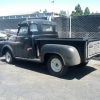
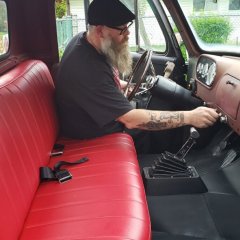
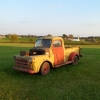


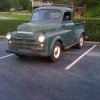

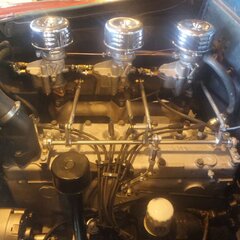
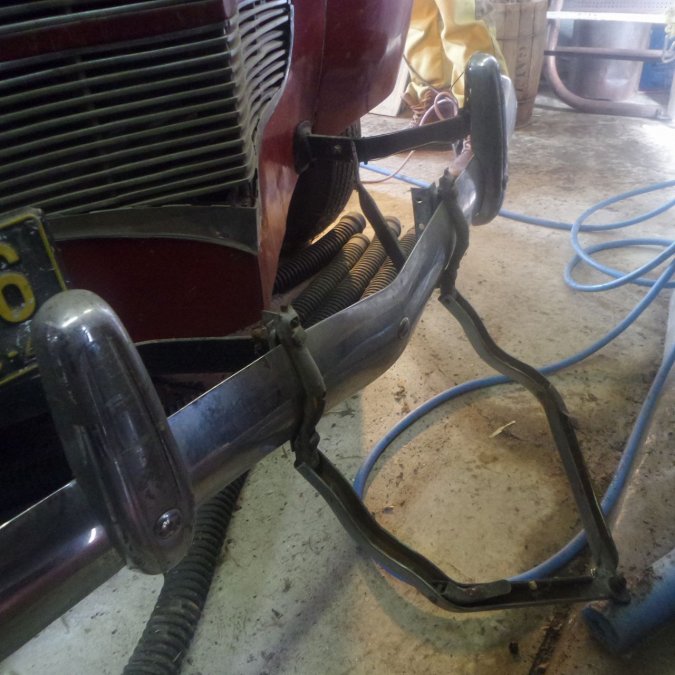
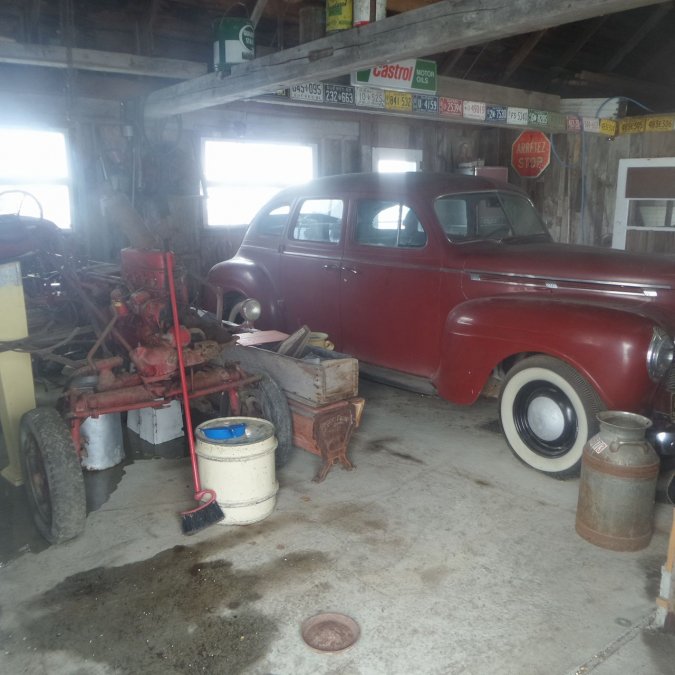
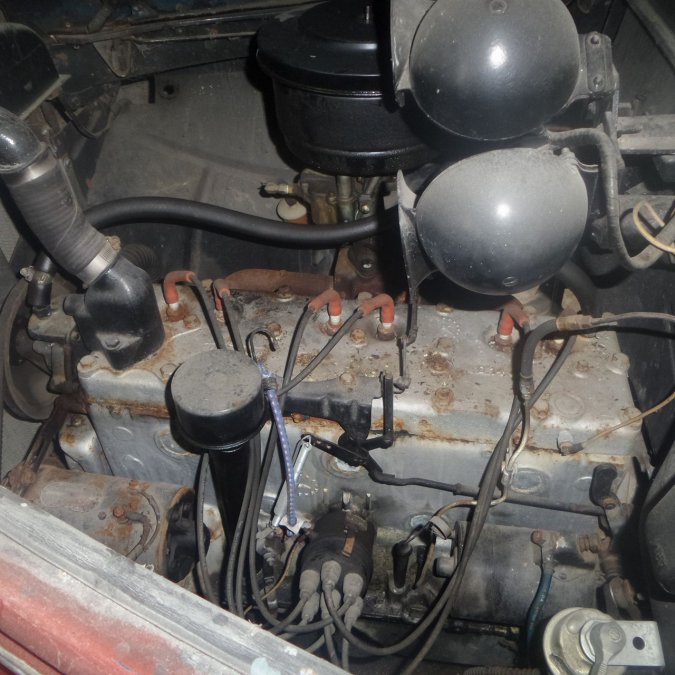


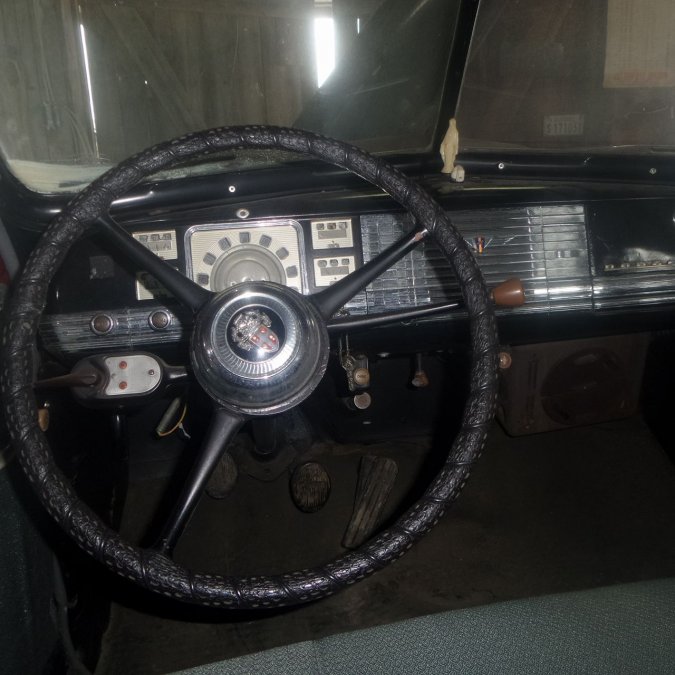
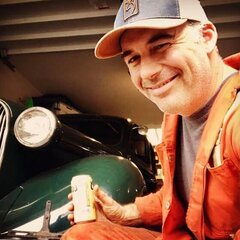
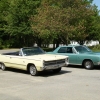
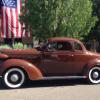

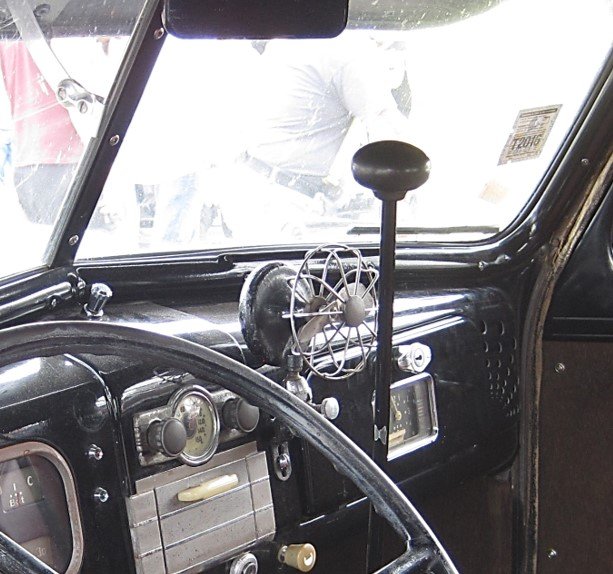

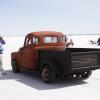
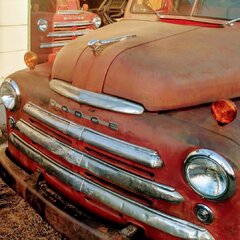


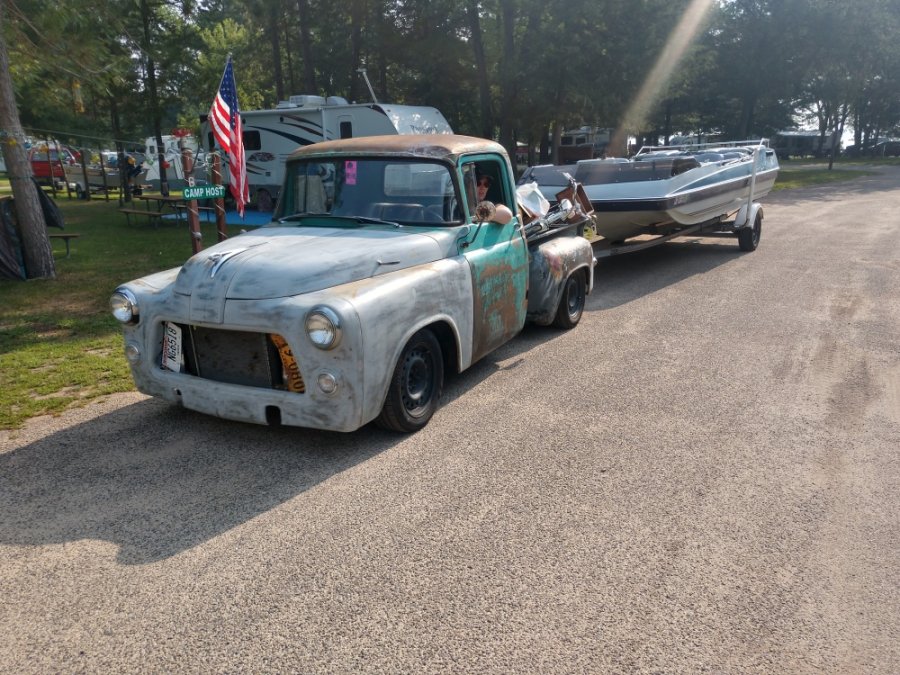
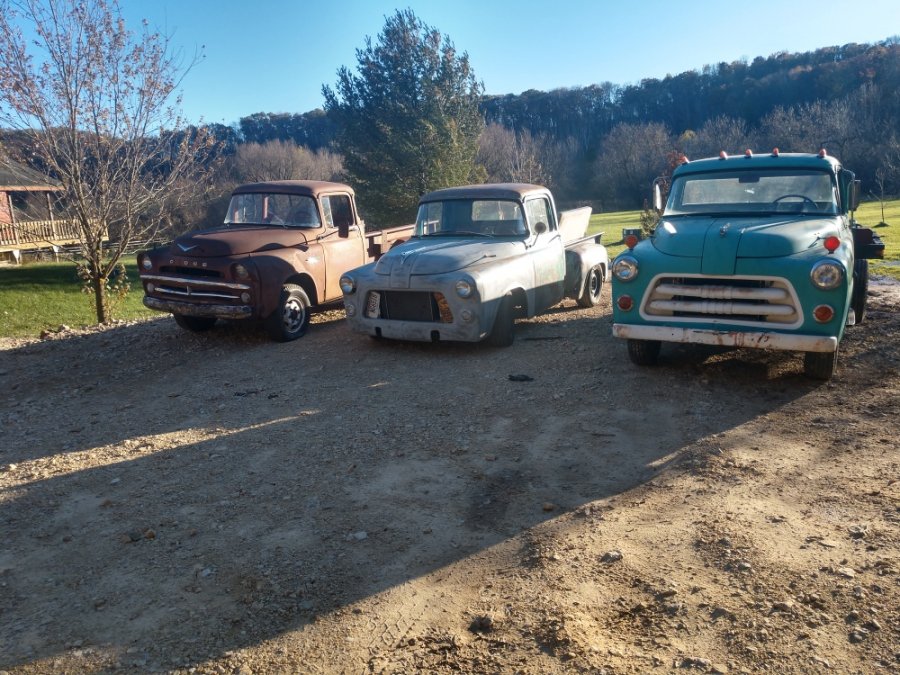



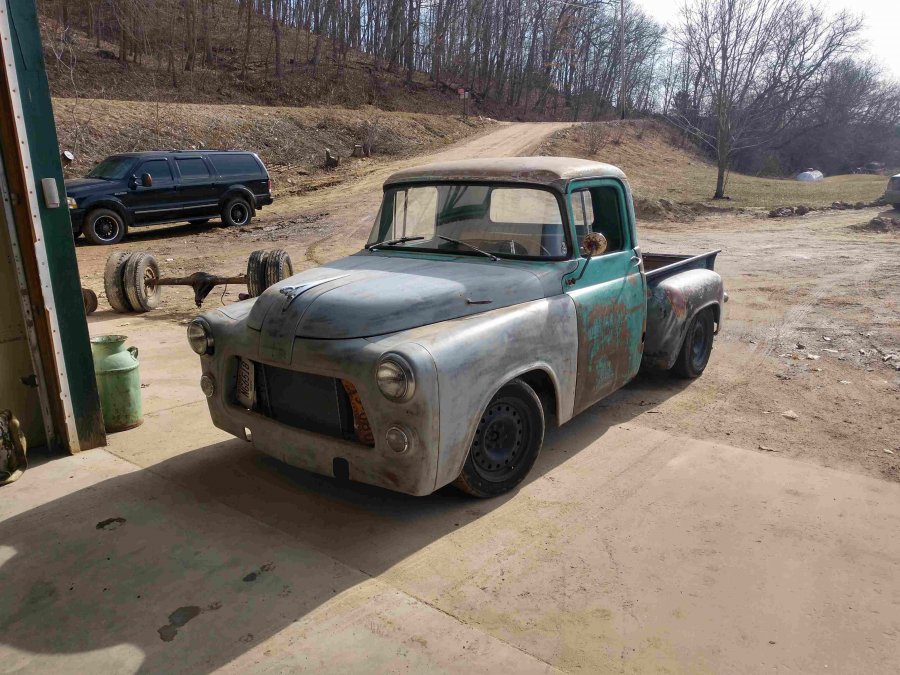
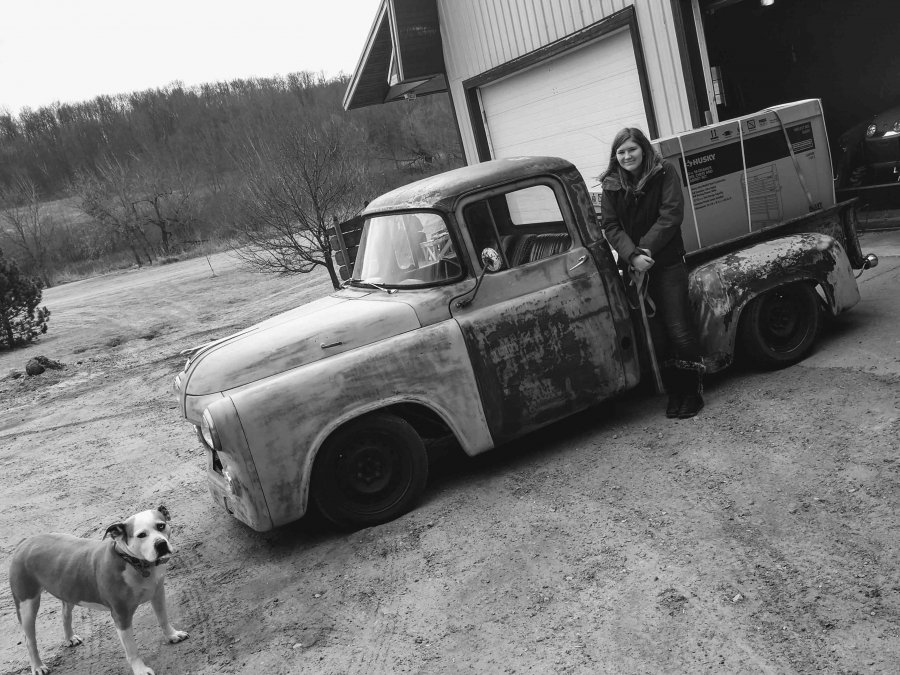



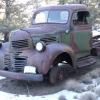
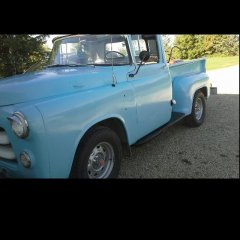


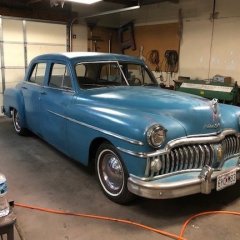
.jpg.6fa93f52026f677f97b2883dd3c5b136.jpg)
.jpg.adb9e4df2c95581d83a4c217c99d4eae.jpg)

